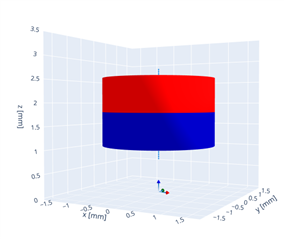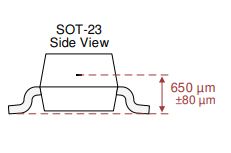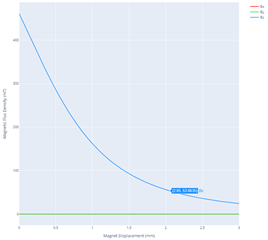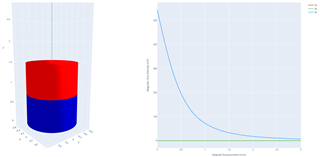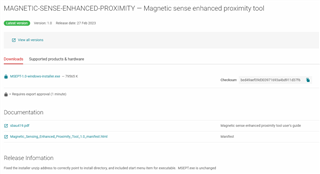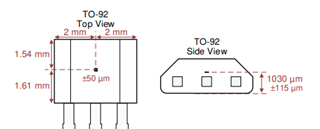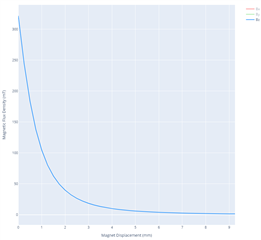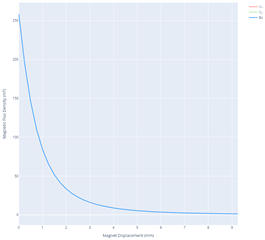Other Parts Discussed in Thread: DRV5055
Hello,
I am a bit confused on how the sensitivities and measurement ranges work for the DRV5056 and the DRV5055. I have 3 different hall-effect sensors (DRV5055 A3, DRV5055 A4, and the DRV5056 A4). I also have a variety of magnets, but I started by using an N35 disc magnet with a radius of 1.25 mm and a thickness of 1.5 mm. I found TI's DRV5056 proximity sensing tool online, have downloaded it, and have been using it as a design tool. This is where I am getting confused with the sensitivities and ranges.


